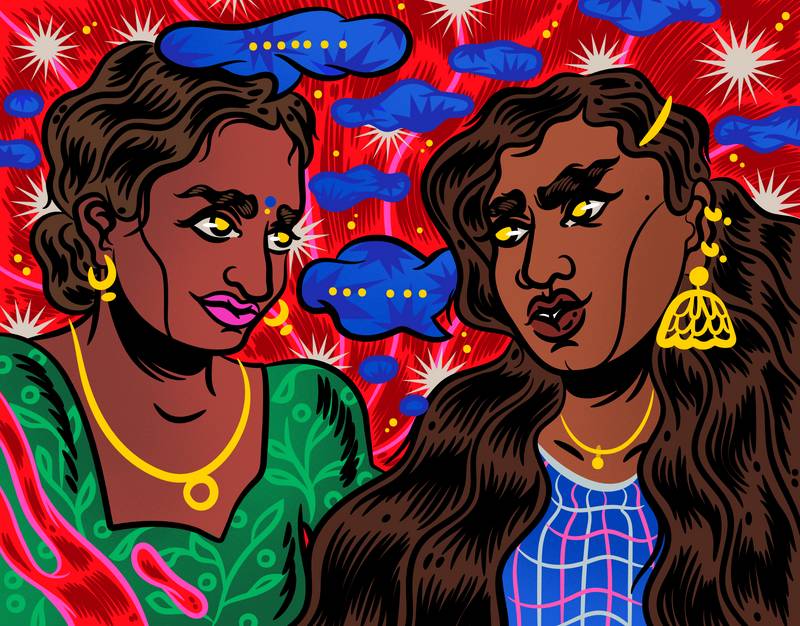

European and US festivals have played a pivotal role in the global circulation of South Asian films. But their contribution has also been marked by questionable priorities: the near-exclusive promotion of Indian films or of films that speak to European and North American cinemas’ aesthetic affinities. With the new millennium, festivals began to embark on film production. How has this practice impacted South Asian filmmakers—women filmmakers in particular—and the visibility of their work?
READSouth Asian Women’s Cinema: Between Festivals & Streaming
European and US festivals have played a pivotal role in the global circulation of South Asian films. But their contribution has also been marked by questionable priorities: the near-exclusive promotion of Indian films or of films that speak to European and North American cinemas’ aesthetic affinities. With the new millennium, festivals began to embark on film production. How has this practice impacted South Asian filmmakers—women filmmakers in particular—and the visibility of their work?
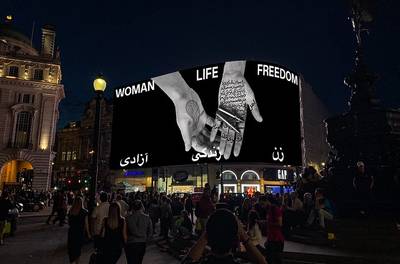

Knowing the genealogy of women’s resistance in Iran since the turn of the century helps us see recent events not as unprecedented ruptures and a sudden awakening of women in an archaic patriarchal society but as the accumulation of multiple resistances throughout our modern and contemporary history in the face of an ever-shape-shifting patriarchy.
READRepresentation of Disobedient Bodies: A Critical Reading of Shirin Neshat’s Visual Language
Comprehending the discrepancy between the representation of the multitude of experiences of people’s protests in Iran, reflected in their own photographic and moving images, and the detached artistic creations of diasporic artists like Neshat.


Focusing on movement exploration and feminist performative rewriting of the myth of the Western love goddess, this essay discusses the origin of the work Venus by Janina Rajakangas, performed during the Baltic Circle Festival 2022. It reflects on the collaborative creative process and puts in focus the erotization of young girls and the loud ideas about beauty and desirability that aggressively frame today’s gendered norms, the attention economy of social media, and the patriarchal views on seduction that shape it all.
READVenus, in the Threshold of the Screen
Focusing on movement exploration and feminist performative rewriting of the myth of the Western love goddess, this essay discusses the origin of the work Venus by Janina Rajakangas, performed during the Baltic Circle Festival 2022. It reflects on the collaborative creative process and puts in focus the erotization of young girls and the loud ideas about beauty and desirability that aggressively frame today’s gendered norms, the attention economy of social media, and the patriarchal views on seduction that shape it all.
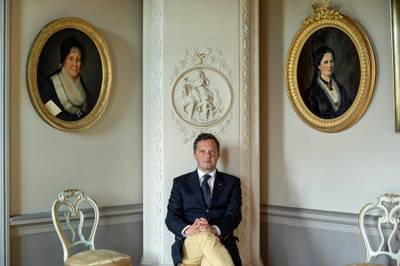

The wealthy are equated with such minorities as if being wealthy were a specific cultural phenomenon or even an identity based on a form of discrimination. Veering through notions of whether wealth improves mental well-being or is taboo in Finnish society, Eetu Viren peruses the exhibition’s banality and ridiculousness to expound on questions of wealth and power and why the Finnish National Museum hosted an exhibition that characterizes the wealthy as a “minority group.”
READThe Poor Rich People: A Review of ‘The Philosophy of Wealth’
Eetu Viren on questions of wealth and power and why the Finnish National Museum hosted an exhibition that characterizes the wealthy as a “minority group.”
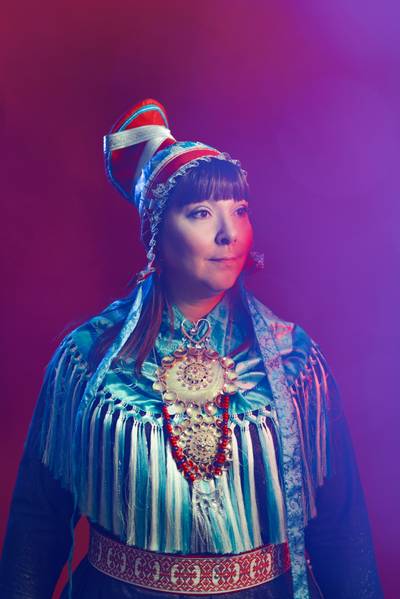

In an engaging and insightful interview, conducted by Sophia Mitiku, Nuorgam based musician and yoiker Ánnámáret talks about the changing nature of yoiks, adjusting archival material to contemporary times. Having grown up between two cultures, she talks about how to understand spirituality and philosophy through their collisions and similarities in everyday life experiences.
READBetween Being Political & Being Politicized: A Conversation With Ánnámáret
In an engaging and insightful interview, conducted by Sophia Mitiku, Nuorgam based musician and yoiker Ánnámáret talks about the changing nature of yoiks, adjusting archival material to contemporary times. Having grown up between two cultures, she talks about how to understand spirituality and philosophy through their collisions and similarities in everyday life experiences.
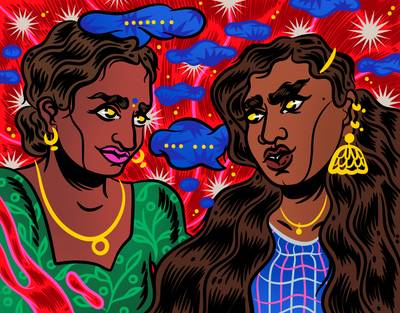

Abinaya and Vanessa reflect on their experiences in the Tamil community and discuss the pressure to represent Tamilness for non-Tamil audiences. Abinaya discusses her work with Tamil Guardian, which sought to combat Sri Lankan government propaganda and elevate the voice of the Eelam Tamil polity. Vanessa discusses her role in editing Tamil Futures, a creative arts magazine aimed at the global Tamil community, which prioritized creative archiving and documenting underrepresented histories.
READWriting Tamilness: Perspectives From Tamil Futures and Tamil Guardian
Abinaya and Vanessa reflect on their experiences in the Tamil community and discuss the pressure to represent Tamilness for non-Tamil audiences. Abinaya discusses her work with Tamil Guardian, which sought to combat Sri Lankan government propaganda and elevate the voice of the Eelam Tamil polity. Vanessa discusses her role in editing Tamil Futures, a creative arts magazine aimed at the global Tamil community that prioritizes creative archiving and documenting underrepresented histories.
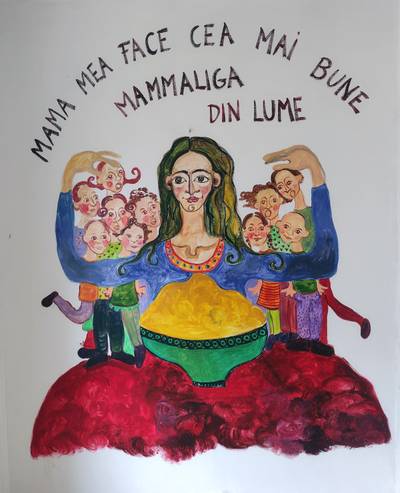

Collaborative methodologies can open research to plural knowers, knowledges, and ways of knowing which institutions stand to gain social and racial capital and good assessments of diversity and inclusion practices. But can such collaborations be truly reciprocal? What do the co-researchers gain, and who decides on the terms and potential gains of co-researching?
READCreating Critical Tools Through Romani Vernacular Storytelling
Collaborative methodologies can open research to plural knowers, knowledges, and ways of knowing which institutions stand to gain social and racial capital and good assessments of diversity and inclusion practices. But can such collaborations be truly reciprocal? What do the co-researchers gain, and who decides on the terms and potential gains of co-researching?
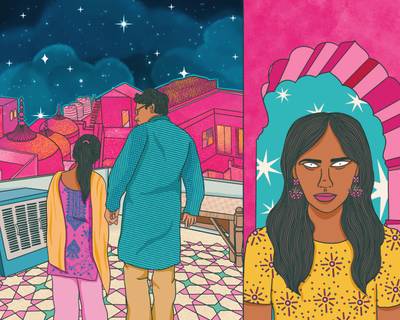

READeven though no one can quite name it everyone knows that something is monstrously missing from me2018
Two Poems by Yusra Amjad. Illustration by Priyanka Paul.
